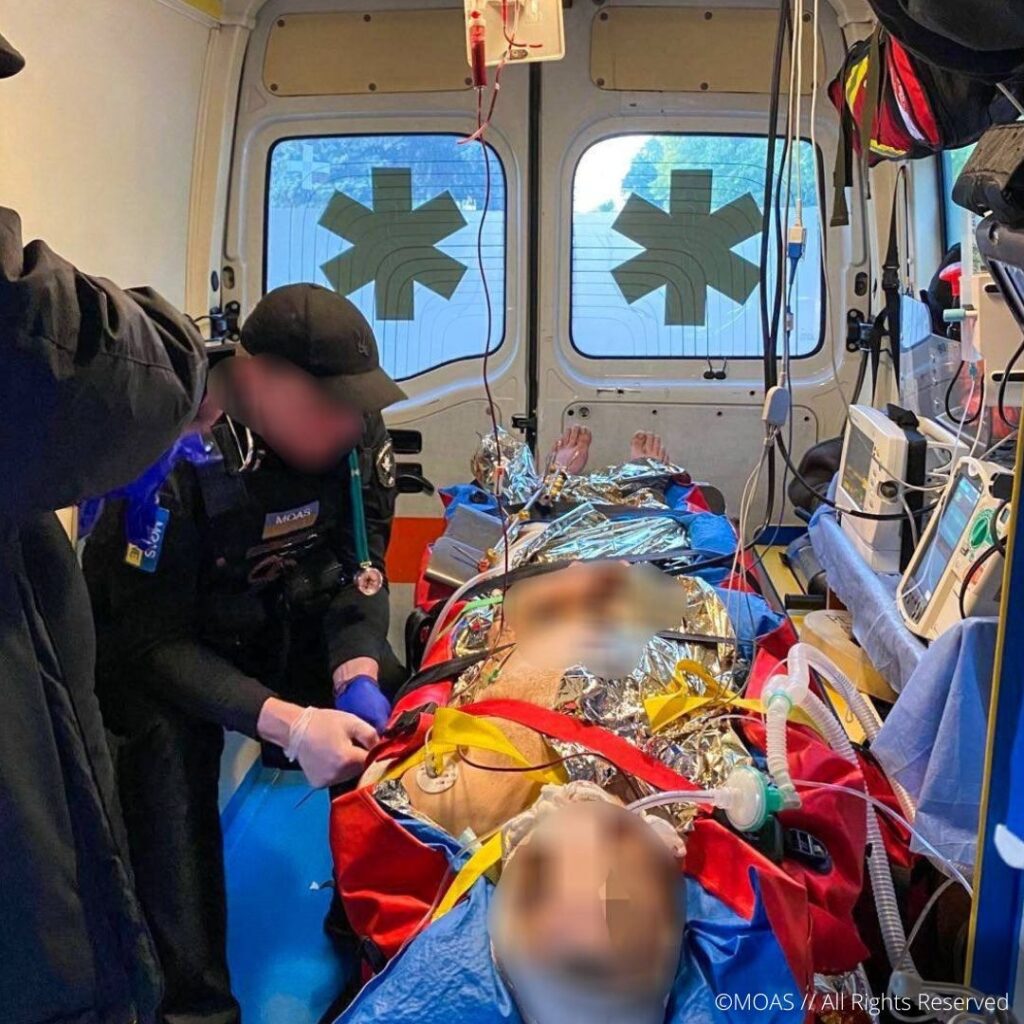The ongoing war in Ukraine has had devastating effects on the country, and there is no clear resolution in sight. As of April 2023, Over 18 657 civilian casualties have been reported, with 7,110 deaths and 11,547 injuries, leaving an estimated 14.5 million in need of health assistance.
The continuous fighting and instability have also taken a massive toll on the availability and accessibility of the country’s healthcare system and infrastructure, with devastating consequences. The lack of medical supplies, equipment, and facilities, combined with the shortage of medical staff, has made it increasingly challenging to provide adequate healthcare, especially for those with chronic illnesses or those requiring urgent medical attention, and has left thousands of people without access to vital healthcare services. The resulting public health crisis is severe and far-reaching, and its impact has immediate and long-term implications for communities in need.
According to the UN, the war has caused 2.5 billion dollars in damage to the country’s health sector infrastructure since February 2022, and the total reconstruction and recovery needs are estimated to be over 411 billion dollars over the next 10 years.
Damaged infrastructure, spiraling costs, and logistical hurdles
The conflict in Ukraine has been continuously characterised by attacks on and destruction of healthcare facilities and infrastructure. In 2022, almost 70% of all attacks on healthcare facilities in the world — 763 out of 1,149 — occurred in Ukraine. As of May 2023, WHO’s Surveillance System for Attacks on Health Care has verified over 900 attacks on healthcare facilities, resulting in significant damage and loss of life.
The destruction of medical facilities, including hospitals and clinics, has made it difficult for communities in need to access even the most basic healthcare services, with many facilities closing down or operating with reduced capacity due to damage and lack of resources. The situation is particularly dire in areas close to the front line or where control has recently shifted and where many healthcare facilities are not functioning.
Many facilities are also overwhelmed with people seeking care for trauma and injuries resulting directly from the conflict, and those who stayed behind, including the elderly or those with reduced mobility are coping with complex needs that the health system is struggling to meet. More specialised services for diseases including cancer, diabetes, and cardiovascular conditions have been interrupted in many facilities, lacking staff and medical equipment, and patients who require specialised treatments, therefore often must travel long distances, which is difficult and expensive.
Damage to infrastructure and a hindered supply of medicine and medical equipment to and within the country has also made transporting essential medicine and medical equipment to medical facilities difficult, leading to direct losses of raw materials and finished medicines, a disrupted market, increased costs, and longer waiting times. The continuous attacks on civilian infrastructure are also leaving millions of people across Ukraine without water, electricity, and heating and have left hundreds of hospitals unable to provide even the most basic services, resulting in temperature-sensitive medicine unable to be stored correctly, critical equipment not working, and staff unable safely perform care to patients.
The conflict has also led to a significant shortage of healthcare staff due to casualties of war, internally displaced healthcare professionals, and forced displacement to other countries.
MOAS on the frontlines
The situation in Ukraine is dire, and the need for medical assistance is greater than ever. MOAS has been on the ground since early last year, providing emergency medical assistance to affected communities in the country.
Our fleet of more than 30 ambulances and the Mobile Medical Unit has been instrumental in ensuring that those in need receive timely medical attention. The class C ambulances are equipped with medical and pharmaceutical supplies, and state-of-the-art equipment, providing basic and advanced life support, advanced interventions, transport, triage, and more expanded medical interventions if necessary. The Mobile Medical Unit, lent to MOAS by the Ronald McDonald House Charity (Latvia) for the duration of the mission in Ukraine, functions as a Primary Health Unit for the communities cut off from health services. Thanks to our highly skilled teams of doctors and paramedics, MOAS has already succeeded in treating more than 12.000 patients on the front line and over 20.000 people in the communities cut off from medical infrastructure, and triaged thousands.
Final thoughts
To continue our work in Ukraine, we need your support. By donating to MOAS, you can help us provide the essential medical care desperately needed by the population and make a tangible difference by bringing hope to those affected by the conflict.
If you are interested in the work of MOAS and our partners, please follow us on social media, sign up to our newsletter and share our content. You can also reach out to us any time via [email protected]. If you want to support our operations, please give what you can at www.moas.eu/donate.


